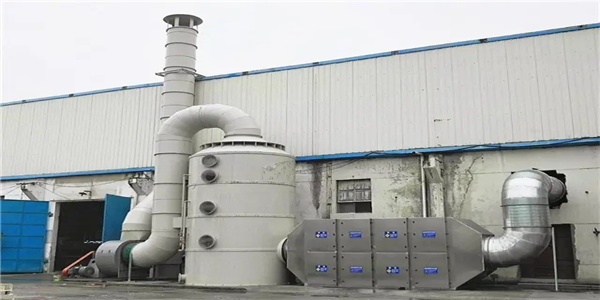A Scientific Overview of Hopcalite Suppliers
Q: What is Hopcalite, and what are its key properties?
A: Hopcalite is a blend of active manganese dioxide and copper oxide, renowned for its catalytic oxidation properties. It excels at catalyzing the oxidation of carbon monoxide (CO) into carbon dioxide (CO2), thereby reducing the harmful levels of CO in various environments.
The primary characteristics of Hopcalite are its high catalytic activity, cost-effectiveness, and stability. It is capable of adsorbing and activating gaseous oxygen from the surrounding air, enabling the catalytic oxidation process. Additionally, its improved formula offers resistance to moisture, reduced dustiness, and enhanced strength, ensuring consistent performance in diverse conditions.

Q: How does Hopcalite differ from other catalysts?
A: Hopcalite distinguishes itself from other catalysts due to its unique combination of active components and its specific catalytic behavior. Its ability to effectively catalyze the oxidation of CO at room temperature, combined with its relatively low cost, makes it a preferred choice in numerous applications.
Q: What are the various types of Hopcalite available?
A: Hopcalite is available in several forms to cater to different applications. These include black or brownish granular forms for personal protective equipment like gas masks, where it removes inhaled CO. Modified spherical Hopcalite, with improved water resistance and strength, is suitable for mine rescue chambers and other enclosed spaces. There are also pelletized forms supported on activated carbon, used for gas drying in various applications.
Q: In what areas is Hopcalite commonly used?
A: Hopcalite finds widespread use in multiple domains. Its primary application is in personal protective equipment, such as gas masks and mine rescue chambers, where it provides vital protection against CO poisoning. In the petrochemical industry, Hopcalite is employed in catalytic reactions like catalytic cracking and hydrocracking to enhance the quality and yield of petroleum products.
Furthermore, its environmental applications are noteworthy, as it helps purify exhaust gases and wastewater, mitigating the impact on the environment. In the realm of energy conversion, Hopcalite plays a crucial role in fuel cells and photocatalysis, enhancing energy efficiency and cleanliness. Additionally, it serves as a catalyst in organic synthesis, improving product purity and yield.
Q: What are the specific applications of Hopcalite in gas protection?
A: In gas protection, Hopcalite is crucial in removing harmful gases like carbon monoxide from enclosed spaces. In mines and other industrial settings, where the accumulation of CO can be fatal, Hopcalite effectively oxidizes CO into CO2, greatly reducing the risk of poisoning. Its application in mine rescue chambers and refuge chambers ensures a safer working environment for miners.
Q: What are the precautions to be taken when using Hopcalite?
A: When using Hopcalite, several precautions should be observed. Firstly, it is essential to operate in a well-ventilated environment to prevent the release of dust into the workspace. Contact with oxidizing agents and acids should be avoided to prevent damage to the catalyst. Additionally, humidity control is crucial as excessive moisture can affect the catalyst's performance. In enclosed spaces like mine rescue chambers, it is advisable to install drying agents upstream of the Hopcalite to maintain optimal conditions.
Regular monitoring of CO levels is also necessary to ensure they remain within safe limits. Emergency response equipment should be available in case of any leaks or accidents. Lastly, proper storage and transportation practices should be adhered to, keeping the catalyst in a dry, ventilated area and protecting it from direct sunlight and extreme temperatures.
Q: How should Hopcalite be stored and transported?
A: The storage and transportation of Hopcalite require special attention. It should be kept in a dry, well-ventilated area, away from direct sunlight and extreme temperatures. During transportation, measures should be taken to prevent moisture ingress and physical damage. Packaging should be secure and dust-proof to minimize the release of particles.
Conclusion
Hopcalite, as a highly effective catalyst, plays a pivotal role in various industries and applications. Its unique properties and versatility make it a valuable asset in gas protection, petrochemical processing, environmental purification, and energy conversion. Understanding its performance details, application areas, and usage precautions is crucial for maximizing its benefits and ensuring safe and efficient operations. With continued advancements in technology, Hopcalite suppliers are poised to contribute significantly to the sustainable development of these fields.
Related News




